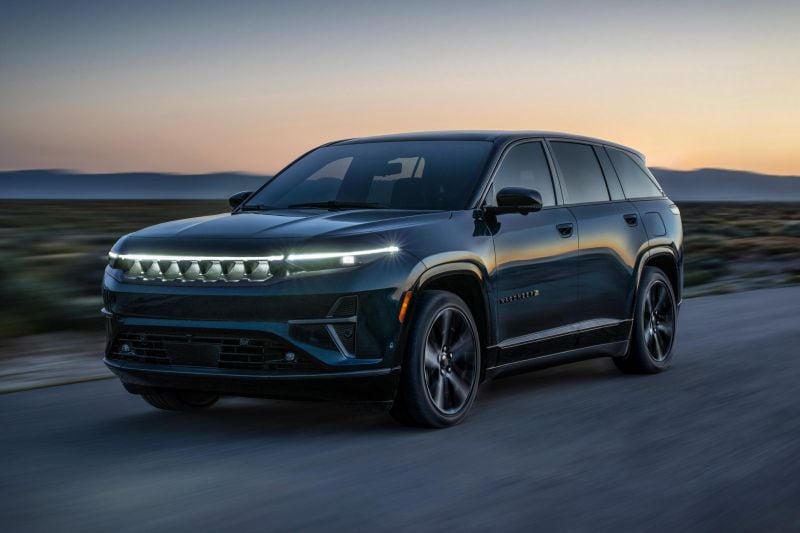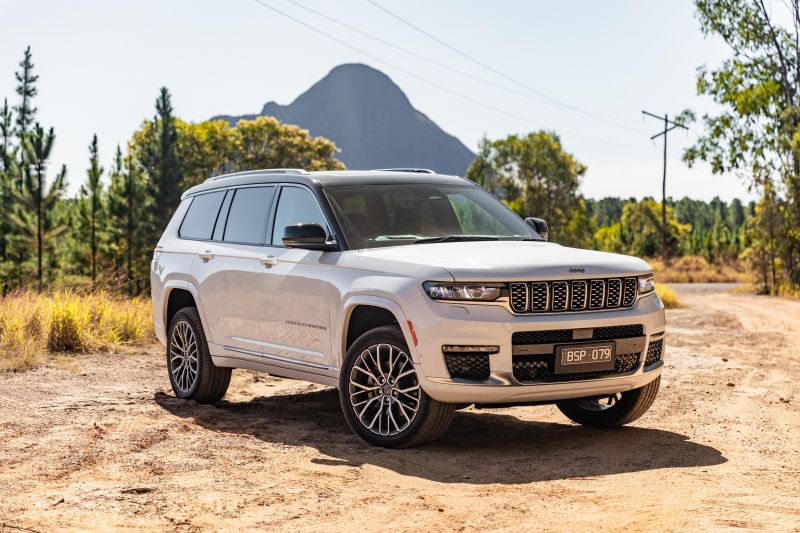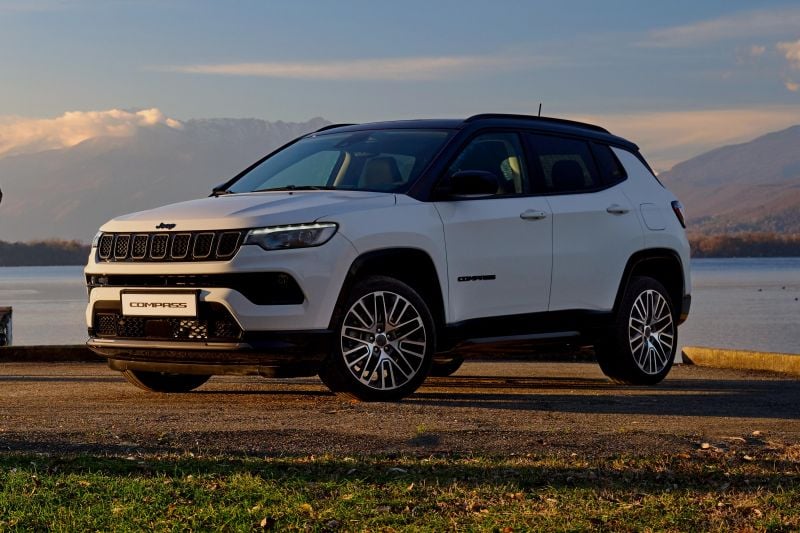Jeep says it could look to trim the number of variants it offers in a bid to reduce production complexity and improve the quality of its vehicles.
“Complexity reduction is something that happens constantly, and we probably could stand to do a little bit more of it,” Jeep senior vice president Bill Peffer told The Drive.
“Not only do you have efficiencies that you generate but fewer opportunities to make mistakes.”
He told the publication Jeep should “probably” start culling unnecessary variants, and instead offer leaner lineups.
He cited the example of the new electric Wagoneer S, which is debuting in a single variant with a single powertrain.
In contrast, the Grand Cherokee in the US market is offered in two different body styles, and with three different powertrains, some of which are offered with either rear- or four-wheel drive.
The plug-in hybrid 4xe is offered in five different trim levels, while petrol models are offered in nine.
Then there’s the Wrangler, which offers two different body styles, four different powertrains, six core trim levels, and with a bevy of standalone options and packages.
Jeep appears to be making some headway in improving the dependability of its vehicles, even with its often sprawling lineups.
Consumer intelligence company J.D. Power, in its 2024 US Vehicle Dependability Study, found Jeep had a problems per 100 vehicles rate of 190, the study average.
The study looked at responses from more than 30,000 original owners of 2021 model-year vehicles after three years of ownership, covering everything from the powertrain to the infotainment.
While Jeep was well below the leading Lexus (135 problems per 100 vehicles) and Toyota (147) brands, it was above Hyundai (198) and Subaru (198).
It also beat its 2023 figure of 196 problems per 100 vehicles.
After reaching a height of 30,408 sales in 2014 in Australia, Jeep sales have headed steadily downhill thanks to an unfavourable exchange rate and inadequate after-sales care.
A more recent push to remove affordable models from its lineup has further had an impact on sales, which fell under the 10,000-unit mark in 2017.
After a slight uptick in 2021-22, Jeep sales slumped to just 4634 units in 2023 – its lowest figure since 2009.
Jeep executives have previously spoken of working to improve the customer experience and the service the brand offers through its dealerships in Australia.
It isn’t just our market where Jeep has been experiencing issues. In 2022, Jeep’s global sales totalled 1.1 million units, its lowest figure since 2014.
Sales in the US have declined, not helped by its withdrawal from the popular mid-sized SUV segment, while Jeep switched to being an import-only brand in the world’s largest car market, China, back in 2022 by shuttering its local joint venture.
Antonio Filosa, appointed CEO of Jeep in November 2023, told Automotive News he plans to double Jeep’s global sales to two million by the end of the decade.
MORE: Everything Jeep











